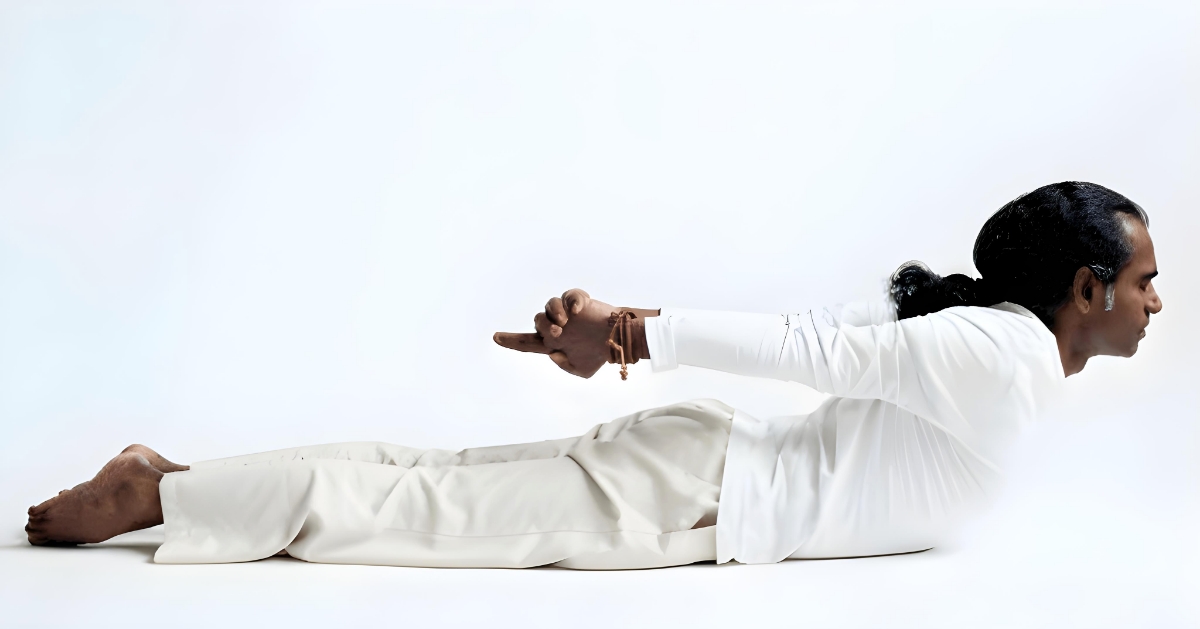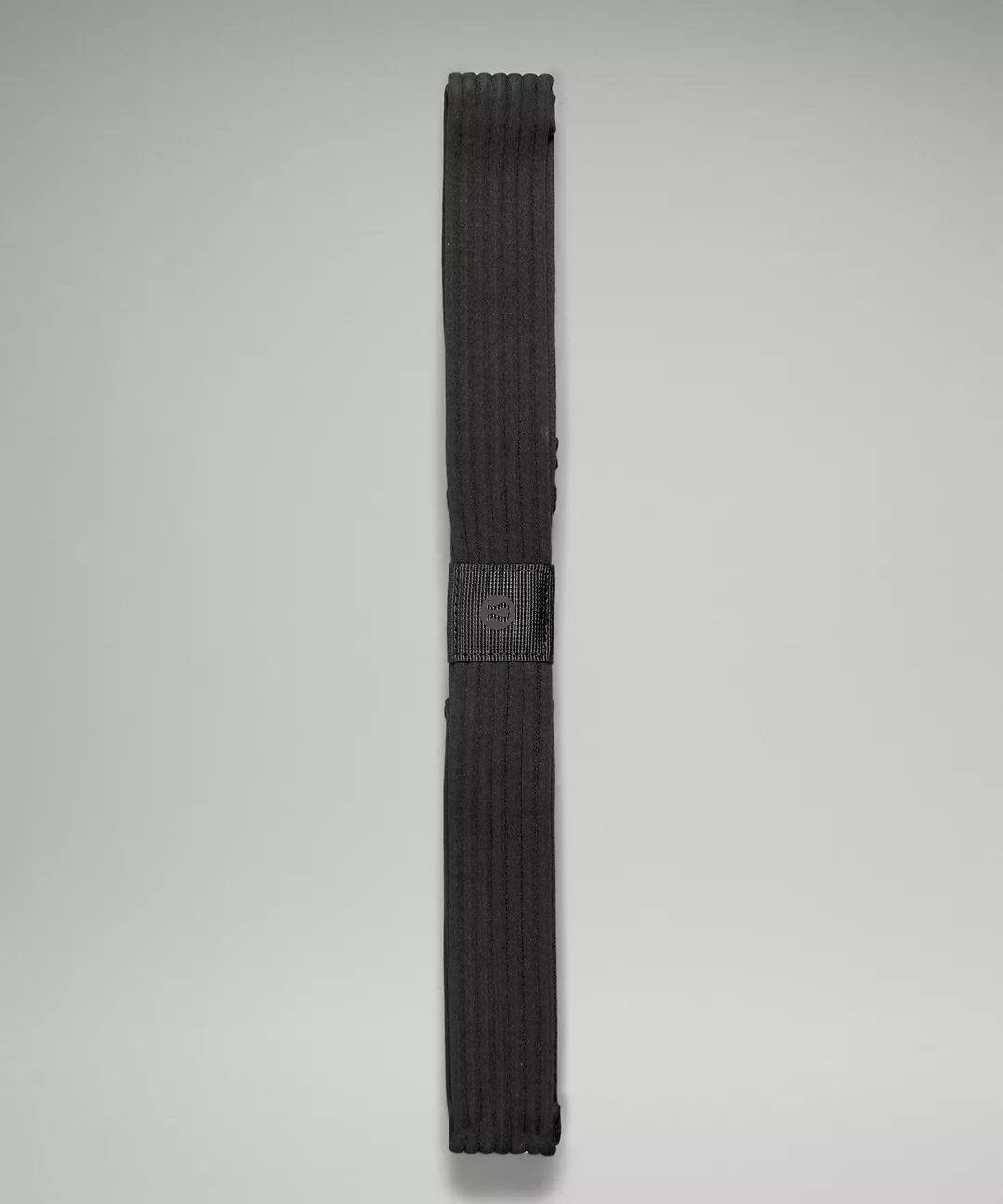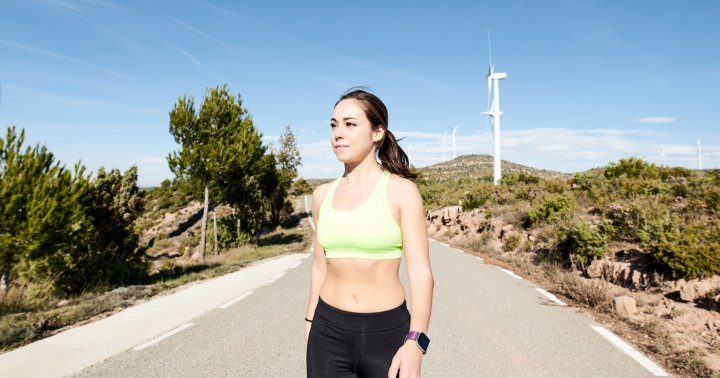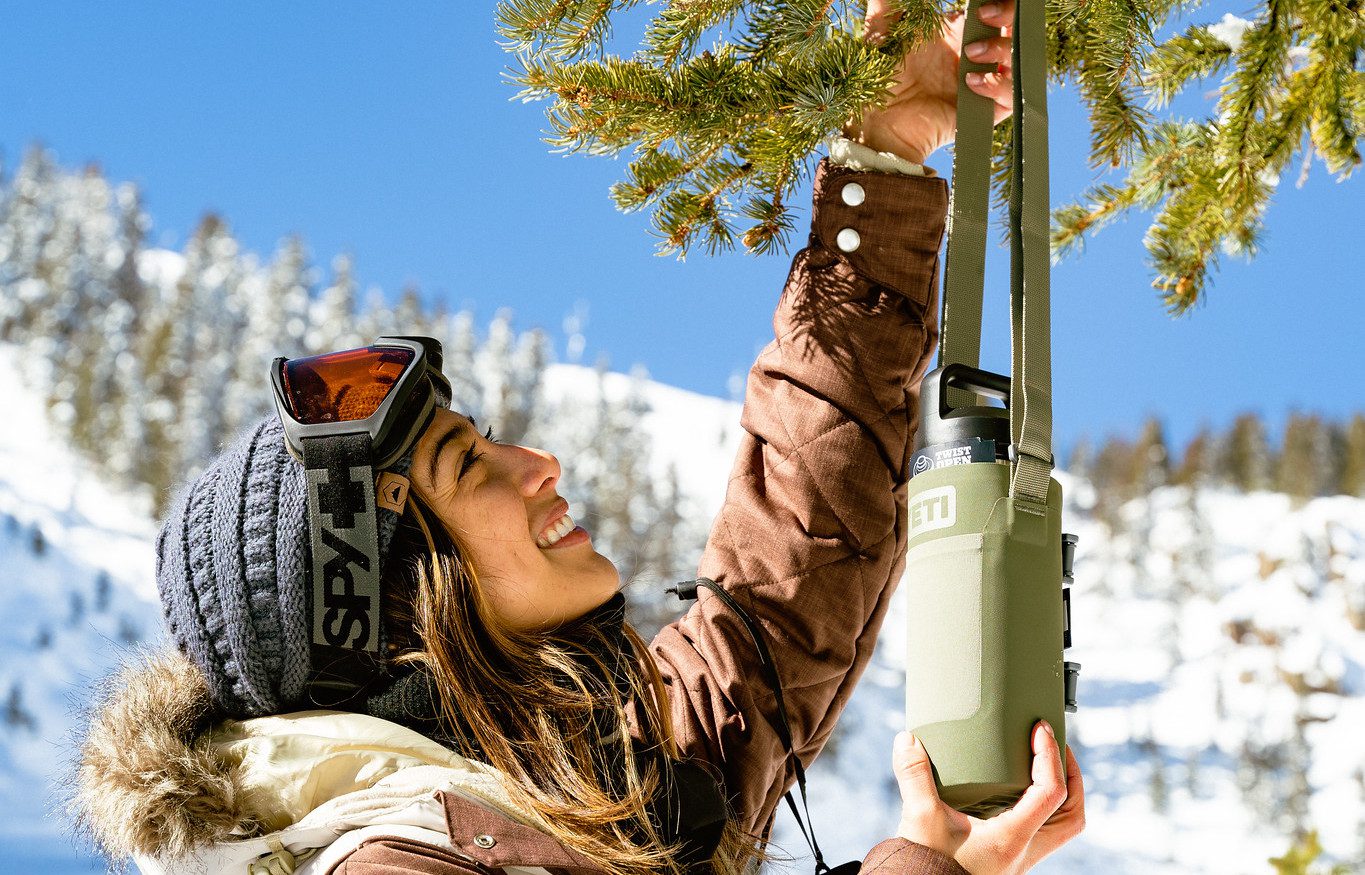Snake Pose: Embodying Flexibility and Strength Through Sarpasana
The post Snake Pose: Embodying Flexibility and Strength Through Sarpasana appeared first on The Yoga Nomads.

Key Takeaway
Snake Pose or Sarpasana offers a potent blend of strength and flexibility, targeting the spine, chest, and shoulders with its elongating stretch. By engaging in this asana regularly, practitioners can experience heightened energy levels, improved posture, and a profound sense of rejuvenation, making it an essential addition to any yoga routine for holistic well-being.
Practicing yoga is a journey to create holistic balance in our physical, mental, emotional, and spiritual states. Certain yoga poses, like Snake Pose or Sarpasana, perfectly demonstrate this concept of balance in its ability to stretch and strengthen the upper body simultaneously.
This intermediate heart-opening posture channels inspiration from a serpent’s sleek and fluid movements, embodying the creature’s elegance and dynamism. It has a grounding effect as the lower body connects to the earth while allowing the chest to expand.
Prepare to tap into your inner resilience and grace as we explore Snake Pose, cultivating a balance between exertion and relaxation.
Watch our recommended steps for entering, holding, and exiting the pose.
Asana Insights: Sanskrit Name, Form, and Symbolism
Sarpasana Overview
Sarpasana comes from the Sanskrit word sarpa, meaning “snake” or “serpent.”
We classify Sarpasana as a heart-opening posture in a prone position (lying on the stomach). Technically, this asana is an intermediate progression of Bhujangasana or Cobra Pose, as an unsupported backbend — meaning you do not use support from your hands or arms to lift your upper body from the floor.
Serpent Symbolism
Some cultures view snakes as dangerous or sinister. In yoga mythology, however, we view serpent energy as a powerful force for transformation. The symbol of a coiled serpent represents Kundalini energy in yoga.
In Sarpasana, your legs stay grounded on the floor while your upper body rises, showing power and strength. When you practice this asana, you tap into your dormant energy and create the intention for transformation, shedding your limitations just as snakes shed their skin.
Snake Pose: Step-by-Step Practice Instructions
Sarpasana is one of many variations of the more common Bhujangasana. It begins in the same prone position, but the steps vary slightly. Follow these step-by-step instructions to try Snake Pose as an alternative to Cobra.
Starting Position
Lie down on your stomach. Begin with your arms at your sides, palms up. Your legs should be slightly separated, no more than hip-width distance, with the tops of your feet pressing into the floor. Bring your forehead to your mat to align your head with your spine. Reach your arms back and interlace your fingers. Try to squeeze your palms together, making one fist with your hands.Lift Off
Press your navel toward your spine to engage your core muscles. At the same time, squeeze your glutes and press the tops of your feet into the floor to engage your leg muscles. Inhale and use your core and back muscles to lift your chest, shoulders, and head off the ground. Keep your arms straight as you reach them behind you. Squeeze your shoulder blades together, opening your chest. As you rise, focus on elongating your spine. Reach the top of your head forward to avoid compressing the back of your neck. Keep squeezing and lifting, holding the position for 3 to 5 breaths.Returning Down
Exhale slowly as you gently lower yourself back to your starting position. Release your hands and let them rest at your sides, palms facing up. Turn your head to one side, allowing your body to relax fully.It’s essential not just to drop down but also to control this movement. Use the entire length of your exhale to lower down slowly. This breath awareness will help you remember to move mindfully and prevent potential injury.
Snake Pose Alignment Tips for Beginners
Sarpasana is an intermediate posture because it requires considerable back strength. That doesn’t mean that beginners shouldn’t try it — just keep your focus on precise alignment to practice safely.
Use proper muscle engagement: Unlike Cobra Pose, which uses your arms to help lift your chest, Sarpasana relies more on your back and core muscles. Additionally, your legs and glutes should be working. This is a full-body asana! Keep your head and neck aligned: Avoid compressing the back of your neck by keeping your gaze forward rather than looking up. Imagine a string pulling the crown of your head forward and up to keep the length of your cervical spine. Press your shoulders down: As you squeeze your shoulder blades together, avoid letting your shoulders scrunch up around your ears. This cue will also help you maintain the length of your neck.If you’re brand new to yoga, I recommend mastering less intense variations like Cobra Pose first and practicing under the supervision of a qualified yoga instructor.
Difference Between Similar Postures
To a beginner’s eye, Sarpasana closely resembles Bhujanganasa (Cobra) and Salabhasana (Locust). They are all backbends performed in a prone position, but they are distinct variations. Here’s how a beginner can spot the difference between these similar poses.
Bhujangasana (Cobra): Legs stay grounded; hands press into the floor; arms are bent. Salabhasana (Locust): Legs lift; arms reach back; option to clasp the hands together. Sarpasana (Snake): Legs stay grounded; arms reach back with hands clasped.When you study the nuances between similar yoga poses improves your body awareness in addition to your yoga knowledge. Be sure to check out our detailed guides for each pose mentioned here!
Snake Pose Contraindications
Practicing Sarpasana can offer many benefits. However, it might not be safe for everyone. If you experience any of these issues, you should use a modification or an alternative posture.
Severe back or shoulder injuries: If you have chronic pain or a recent injury, it’s best to skip Snake Pose until you are fully recovered and cleared by your doctor for practice. Recent abdominal surgery: This asana stretches the front of your body, so you must receive a doctor’s approval before trying Sarpasana after any issues in your abdomen. Hernia: Whether in your back or abdomen, practicing Sarpasana with a hernia could worsen your condition. Consult with your doctor before attempting any prone or back-bending yoga poses. Pregnancy: This asana puts significant pressure on the abdomen. So, if you’re in the 2nd or 3rd trimester of pregnancy or have recently given birth, skip Sarpasana until you consult your doctor.Listen to Your Body
The most important safety advice for any asana is simple: listen to your body.
Pain means you should stop or modify the pose. There are always alternatives or modifications that can provide similar benefits without risking injury. Finding a comfortable modification made all the difference in maintaining my practice safely.
Modifications Using Yoga Props for Snake Pose

Modifications and props aren’t just for beginners! Using props to support your yoga practice can make a big difference, even for experienced yogis. Here are some ideas to help make your Sarpasana a bit more comfortable.
Blanket or towel: Use a folded blanket or towel underneath your hips and pubic bone for extra cushion. Strap: If tight shoulders prevent you from clasping your hands, use a strap instead. Cushion or bolster: Place a small cushion or bolster under your abdomen for extra lower back support as you strengthen your muscles.
lululemon’s The Stretching Strap
Benefits of Practicing Snake Pose
Sarpasana is a transformative posture—regular practice results in many benefits for both your body and mind.
Physical Benefits
Spinal health: When you practice Sarpasana regularly, you stretch and strengthen your spine, leading to improvement in your range of motion. Better posture: The focus of this pose is spinal extension, which can help reverse the effect of sitting hunched at a desk all day and improve posture. Breathing improvement: Sarpasana opens the chest and stretches the intercostal muscles, giving your lungs more room to expand.Holistic Uses
Digestion aid: Lying on your tummy in this posture stimulates your abdominal organs and increases blood flow to the area, promoting efficient digestion. Energy boost: When you stretch your spine in poses like Sarpasana, your prana flows freely along the nadis or energy channels, creating an energizing effect.Mental Benefits
Focus and concentration: Snake Pose requires detailed attention to alignment, muscle engagement, and breath. It boosts your mental focus and brings your attention to the present moment. Stress relief: This asana not only releases physical tension that contributes to stress, but it also calms your mind. Deep breathing activates your body’s relaxation response and helps you feel more grounded and relaxed.To achieve the best results and see improvement in critical areas, try to incorporate Snake Pose into your yoga routine several times per week.
Integrating Snake Pose into Your Yoga Practice
As with any backbend, Sarpasana requires thoughtful preparation and purposeful relaxation to get the most out of the pose.

Warm-Up Sequence
Before progressing to Snake Pose, be sure you warm up properly, taking time to mobilize your spine.
I prefer to begin with a few rounds of Cat and Cow stretches, then move on to Cobra Pose. Starting my practice with this approach significantly enhances my flexibility throughout the session. It allows my body to ease into deeper bends without strain.
Counterpose Balance
After practicing Snake Pose, give your body a chance to relax with a few counterposes. Choose asanas that stretch your upper back, like Rabbit or Child’s Pose. These postures provide a perfect balance to the spinal extension required from Sarpasana.
Snake Pose is a workout for your whole body, so incorporating these relaxing postures is crucial to preventing soreness the following day.
Summary
Sarpasana, or Snake Pose, offers a beautiful opportunity to connect with the body, breath, and mind on the mat. You can explore the depths of this rejuvenating asana by following the steps outlined here and syncing each movement with your inhale and exhale.
I encourage you to embrace Snake Pose in your practice. Let it be more than just a posture; let it symbolize resilience and growth. Remember that yoga is a personal journey, so feel free to explore alternative poses and modifications that suit your ability and comfort level.
As we continue our study of yoga, let’s embrace the transformative power of poses like Sarpasana, inviting strength, flexibility, and inner peace into our practice and lives.
Pop quiz! 🧘🤔
In Snake Pose, your legs lift off the ground.
Snake Pose can help improve posture.
The hands remain grounded in Snake Pose.
Frequently Asked Questions
How can beginners ensure proper alignment in Snake Pose?
Beginners should focus on elongating their spine, engaging their leg muscles, and gently lifting through the chest to achieve proper alignment in Sarpasana.
Can I use props to modify Snake Pose?
Yes, props like a folded blanket under the hips or holding onto a strap can help maintain alignment and support this asana.
What are the benefits of practicing Snake Pose?
Snake Pose strengthens the spine, opens up the chest and shoulders, enhances flexibility, and can improve posture over time.
What are some contraindications for practicing Snake Pose?
Individuals with recent or chronic back or shoulder injuries, recent abdominal surgery, and pregnant women should avoid practicing Snake Pose without professional supervision and a doctor’s approval.
How can I integrate Snake Pose into my yoga practice effectively?
Begin with foundational poses to warm up your body before moving into deeper backbends like this one, and finish with counterposes that release any tension created during the practice.
Thanks for your feedback!

 MikeTyes
MikeTyes 
































